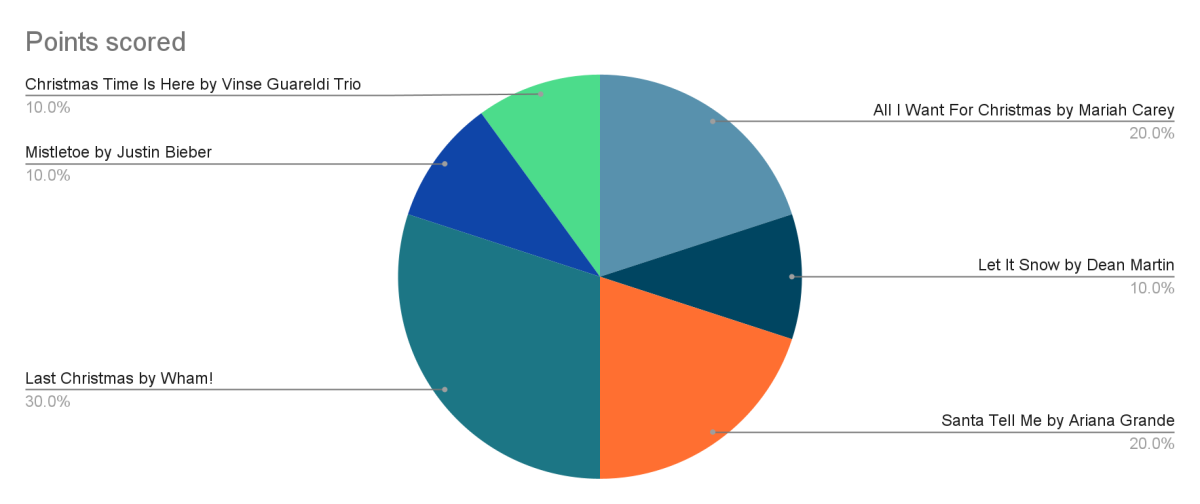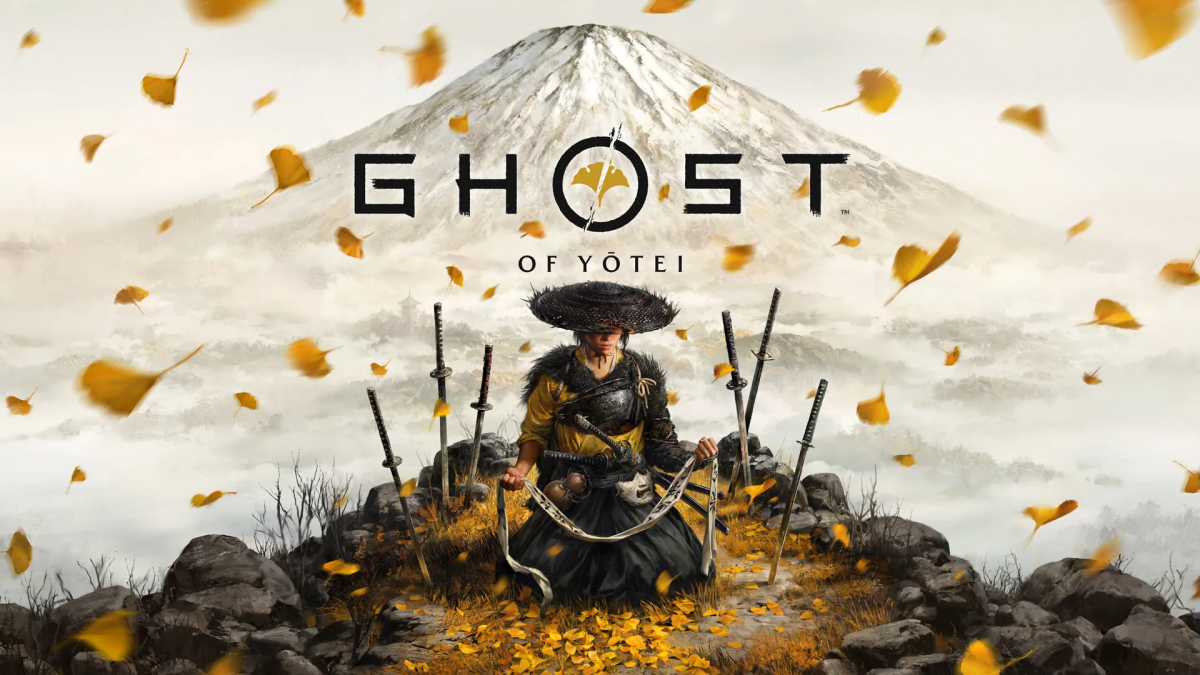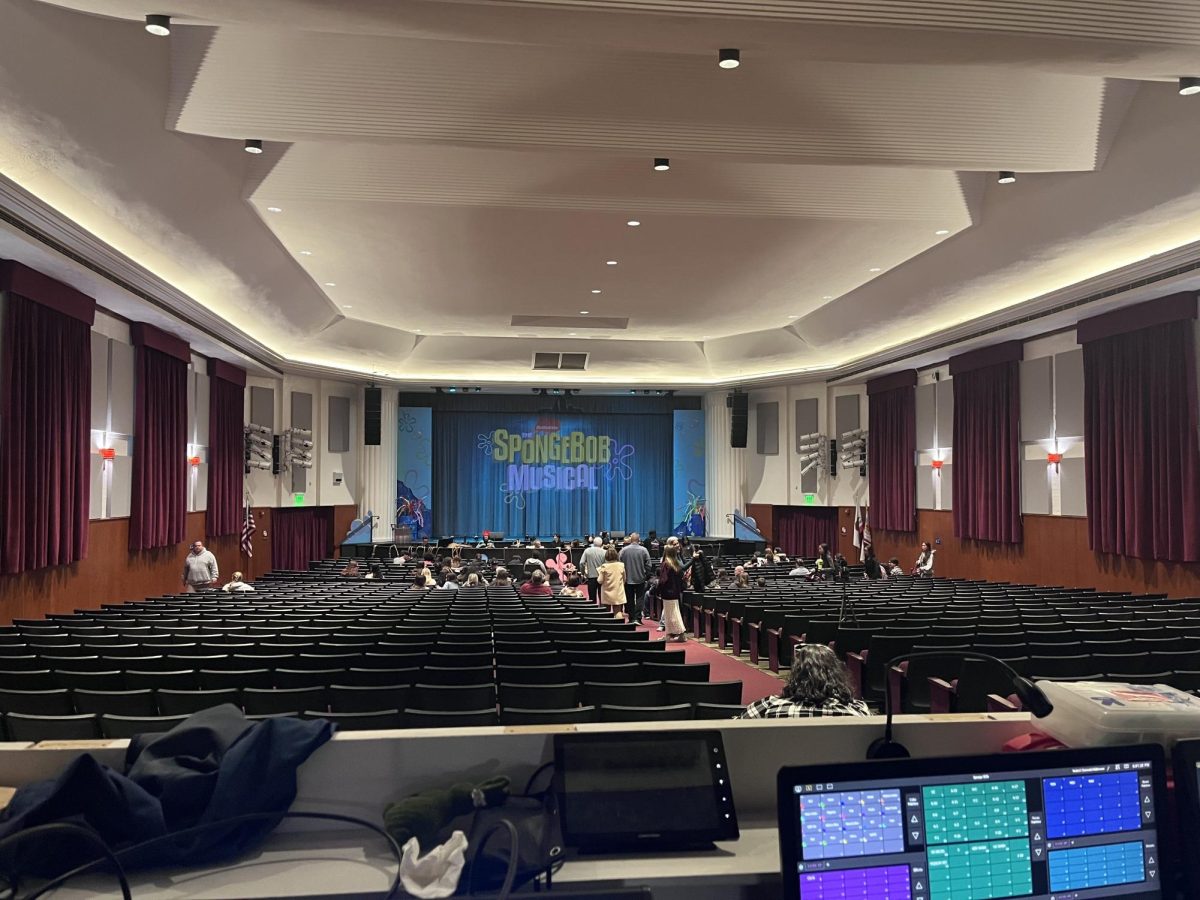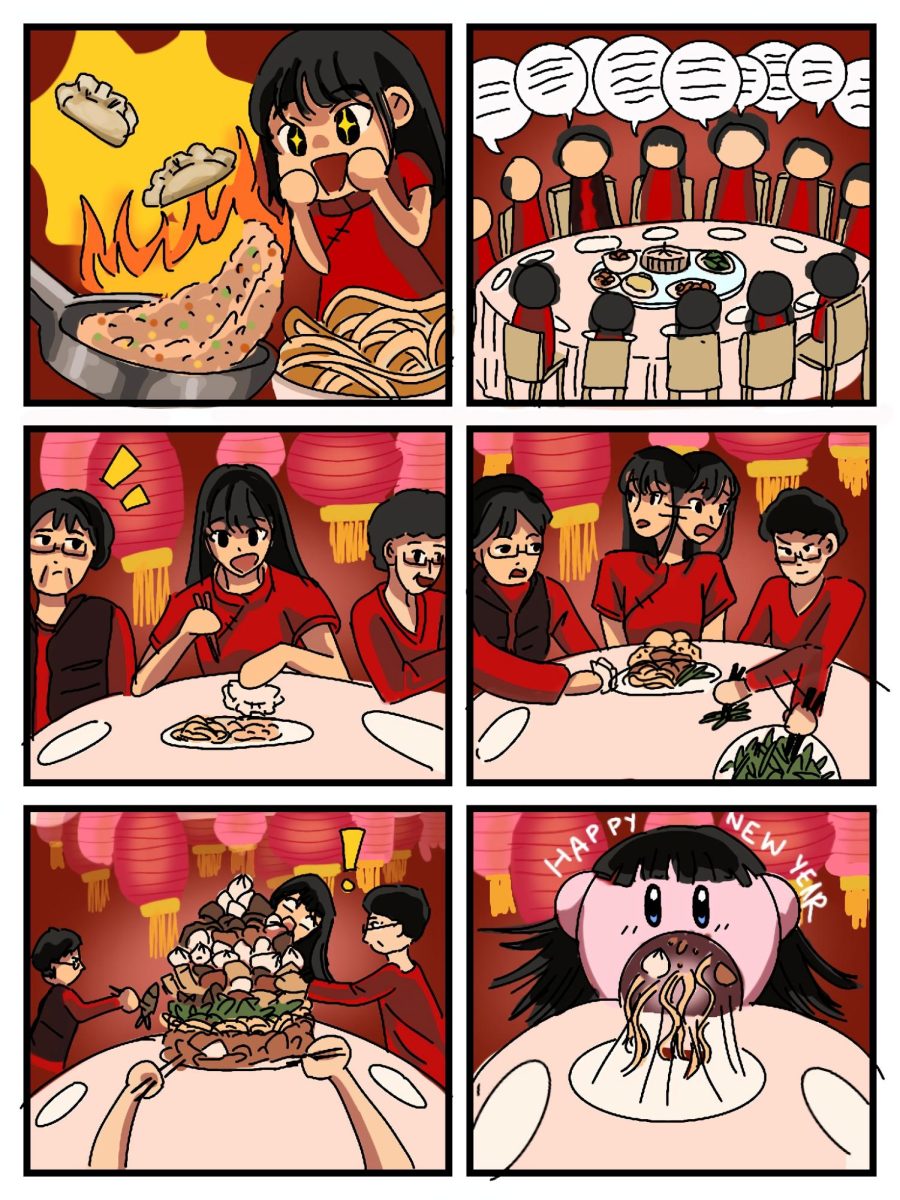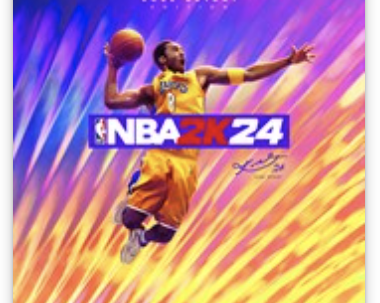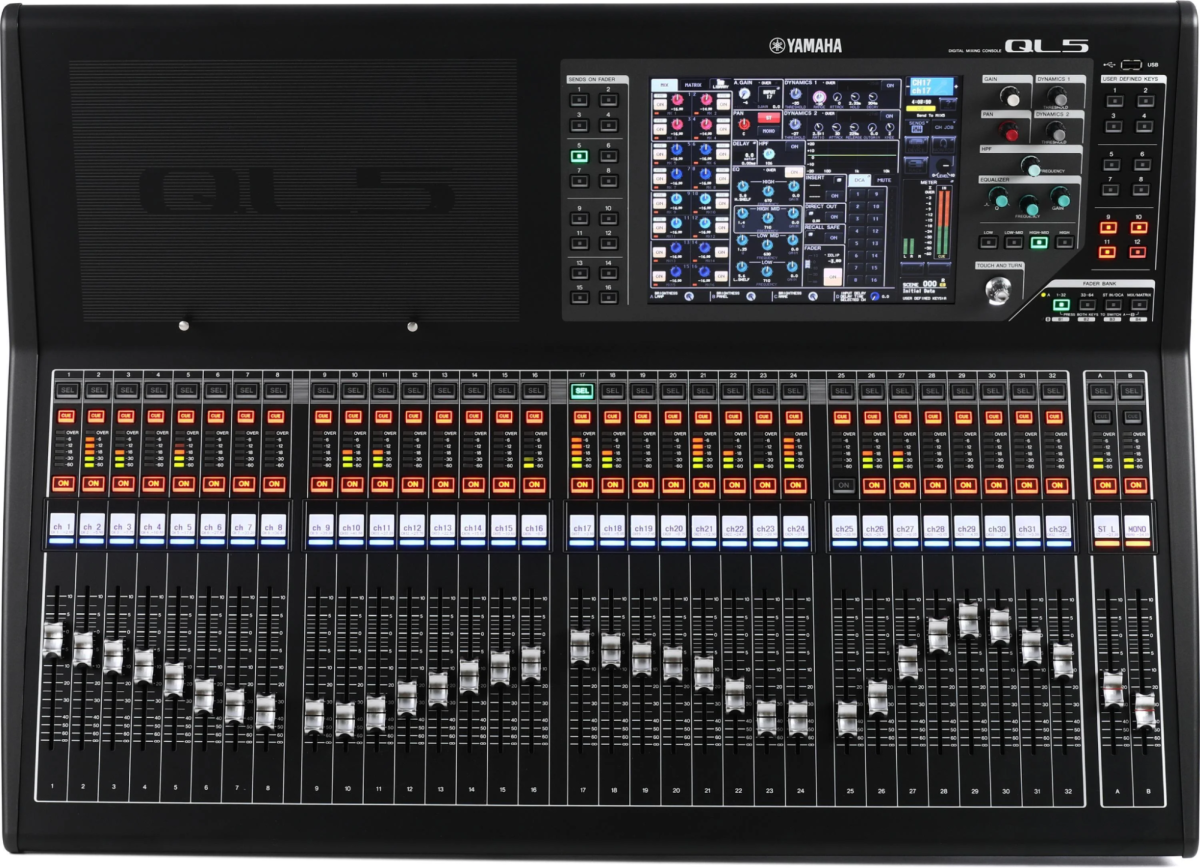It was recently that everyone stayed indoors—social distancing, health officials called it. While many lost out on the opportunities outside, there was certainly a lot to work with indoors. One form of entertainment I know a lot of us students share is video games. Nonetheless, both new and old fans of console gaming are familiar with the price of games averaging $60—a trend consistent since the release of the Xbox 360 and PlayStation 3. However, with the influence of prominent game franchises, this trend may end.
Since the release of the Xbox Series X and PlayStation 5 (both the current generation of consoles), there have been a few outliers that have broken the barrier of the $60 price tag. Although there have not been enough occurrences to guarantee the average shift, the greatest concern lies within franchises that lead the industry; it is simple enough for one game to decide on $70 as its retail price. What matters is the impact the franchise has on the industry.
Jedrick Espiritu—a student attending Torrance High—states “We have already seen this trend with Xbox Live and PlayStation Plus. When a big company like Microsoft set the standard of placing price tags on online features around the 2000s, many other gaming companies (such as Playstation) were forced to follow suit. If not, their competitors were essentially receiving free money.”
With recently released titles—the once shocking price tag of $70 is becoming seemingly less startling. Highly anticipated titles including The Legend of Zelda: Tears of the Kingdom, Call of Duty: Modern Warfare 2 (2022), and Hogwarts Legacy (PS5/Xbox series X edition) are all released games currently selling for the price of $70 (excluding sales). This trend further demonstrates to continue through the set prices of available pre-orders. Games such as Call of Duty: Modern Warfare 3 (2023), Marvel’s Spider-Man 2, and Mortal Kombat 1 were all established with a pre-order price of $70.
Ultimately, opinions of the price increase vary by consumer. Consumers seem to have a mix of positive and negative opinions about the subject; some have justification for the change whilst others oppose the price increase. Furthermore, whether or not the increase of $10 ultimately affects sales is uncertain.
One student questioned on the subject reasoned that “newer games are improving a lot in aspects such as graphics and content,” concluding that the “$10 difference provides these improvements. For that reason, I think it is fair to raise the prices.”
Jedrick further voices his opinion on the subject, stating that “AAA games are horrible compared to the previous decades’ creations. As a whole, the gaming industry has drastically grown in funding, size, and audience, yet, in comparison, games are constantly being released as unfinished, buggy, and incomplete products.” He reasons that the “only reason why more money is being made despite this sudden drop in quality is because of common predatory monetary practices. These include battle passes, skins, and loot boxes, which cause an effect of more focus on these profit-making vanities rather than the actual content of the game.”
While more resources are being put into game development, many people such as Jedrick believe that games now lack long-term content. As aforementioned, the opinions on the change tend to vary, but the decision behind the change from a business view is not illogical; it is common knowledge that prices fluctuate. This instance happened to be more surprising due to the consistency of the price over the past 17 years.
“The price increase is something to keep in mind with consumer products in general,” expresses another student. “It seems products like gaming laptops, PCs, and products like iPhones have markups of a similar degree. While this may make budgets more constrained (this kind of stuff is always priced higher than it should be), I don’t feel particularly strong about the price increase.”
Whatever the outcome is, it is very unlikely that the change will suddenly cause a collapse of the industry. It is one that many people are invested in, whether it be in new games or old ones. Despite the price increase not causing any immediate drastic effects, it is worth mentioning due to how long this price has stayed consistent. Regardless of the game’s physical price, it is up to the buyer to determine whether or not the product is worth purchasing. To some, the price of an enjoyable experience—either alone or with others—is ultimately priceless.





